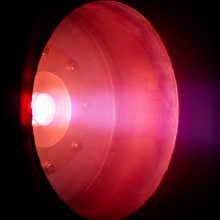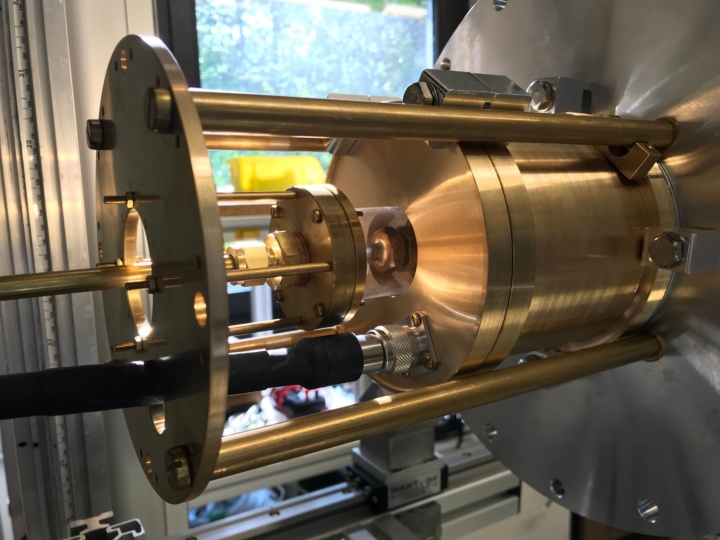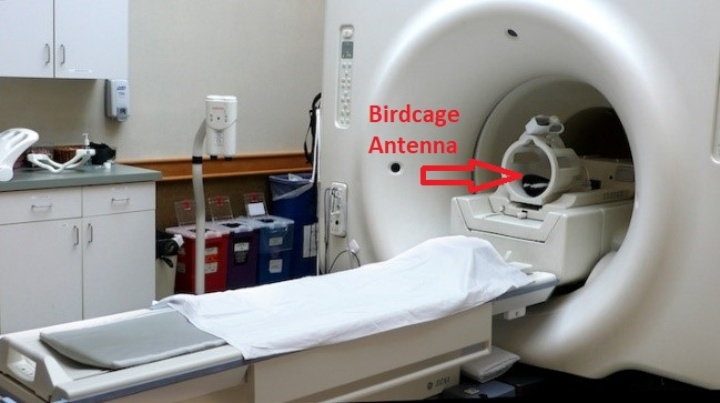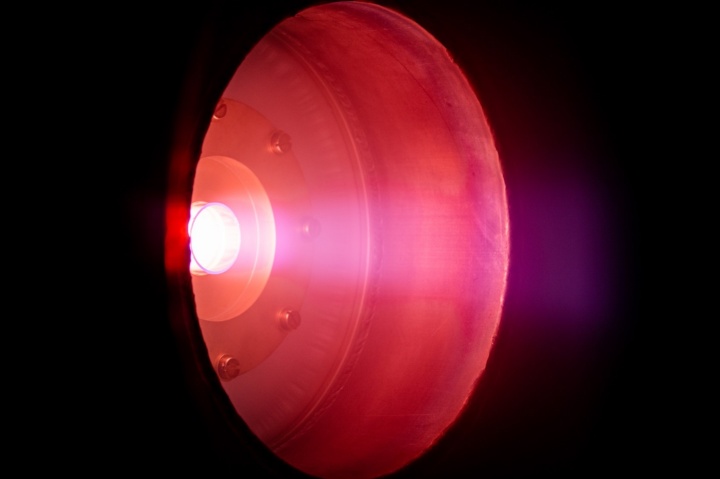To University of Stuttgart's announcement
The Institute of Space Systems (IRS) of the University of Stuttgart has been working since 2014 on Atmosphere-Breathing Electric Propulsion (ABEP). From 2017 on this was flanked by the European Union H2020 project “DISCOVERER” (www.discoverer.space) lead by the University of Manchester, UK. DISCOVERER is one of the rare FET (Future Emerging Technologies) projects and represents currently the largest RIA (Research and Innovation Action) of the EU. DISCOVERER was one of three projects that were selected in 2017 from a group of 600 applicants.
The IRS ABEP system concept is of a satellite orbiting in the so-called Very Low Earth Orbit (VLEO), whereas, the lifetime in orbit is very limited due to the aerodynamic drag produced by the residual atmosphere. This would make the mission last only a couple of months, weeks, or even days. A solution to compensate this is given by an ABEP system: it is a propulsion system that collects the residual atmosphere in front of the satellite by an intake and uses it as propellant for an adequate electric thruster to create thrust. The electrical power is delivered by a system of solar arrays and batteries. VLEO missions would open new doors to new missions that can help life here on Earth. An ABEP would not only work in Earth orbit, but also around any celestial body with atmosphere. Finally, the satellite that does not require a propellant storage tank and uses only the Sun to generate electrical power by solar arrays, and the residual atmosphere as propellant.
In DISCOVERER the IRS develops the intake that collects the particles from which multiple designs have already been designed, and a radiofrequency-based (RF) electric thruster, the inductive plasma thruster (IPT).
An electric thruster is a device that uses electricity to transform the propellant into the plasma state and accelerates it to create thrust. An RF-thruster uses antennas fed at alternate current to create plasma from the propellant. Usually such devices accelerate ions only, and then “shoot” electrons from an external device, the “neutralizer”, to neutralize the ions and avoid them to fly back to the satellite and cancelling any thrust.
The IPT is based on an advanced antenna that creates alternating electromagnetic fields within a discharge channel into which the propellant is injected, without any direct contact with it. Such antenna ionizes the gas transforming it into plasma and accelerates both ions and electrons to produce thrust. Hence, the neutralizer that many competing thrusters need is eliminated, simplifying the propulsion system. In addition, neutralizers have to be operated with a noble gas that has to be taken with the satellite in a separate tank. Within the IPT, this is accompanied by the formation of low frequency electromagnetic waves, called helicon waves, that increase the efficiency and together with the electromagnetic fields created by the antenna, enable the neutral plasma acceleration.
The IPT developed at IRS, see Figure 1, brings the following advantages:
- Capability to cope with variable propellant flow and composition à The atmosphere is not a uniform environment;
- Capability to survive long time exposure to chemically aggressive plasma, especially atomic oxygen in VLEO → Contact-less nature of the IPT;
- Ions and electrons are ejected together at high velocity for thrust generation → Neutralizer is not required.
The antenna developed for the IPT is derived from the heritage of the medical sector, from the magnetic resonance imaging machines (MRI), see Figure 2, the birdcage antenna.
It delivers an optimal electromagnetic field configuration for the acceleration of both ions and electrons along the same direction. The only currently known entity that operates such birdcage antennas for plasma production successfully are the Swiss Plasma Center (SPC) from the École Polytechnique Fédérale de Lausanne (EPFL), Switzerland, and its spin-off company Helyssen Sarl, with whom IRS has recently engaged a fruitful collaboration.
The ignition of the inductive plasma thruster at IRS is a breakthrough, as it is not only the first thruster of its kind but also the first cylindrical birdcage antenna driven helicon thruster in the world. The first tests showed very good power coupling efficiency and a plasma jet that can be seen in Figure 3. The next months will be dedicated to the respective plasma diagnostics to characterize the new IPT, and to evaluate the generated thrust.
This project has received funding from the European Union's Horizon 2020 research and innovation programme under grant agreement No. 737183. This reflects only the author's view and the European Commission is not responsible for any use that may be made of the information it contains.
Expert contact
Priv.-Doz. Dr. Georg Herdrich, Francesco Romano, Universität Stuttgart, Institut für Raumfahrtsysteme, Tel.: +49 (0)711/685 62412, -62399
E-Mail Dr. Herdrich, E-Mail Francesco Romano






